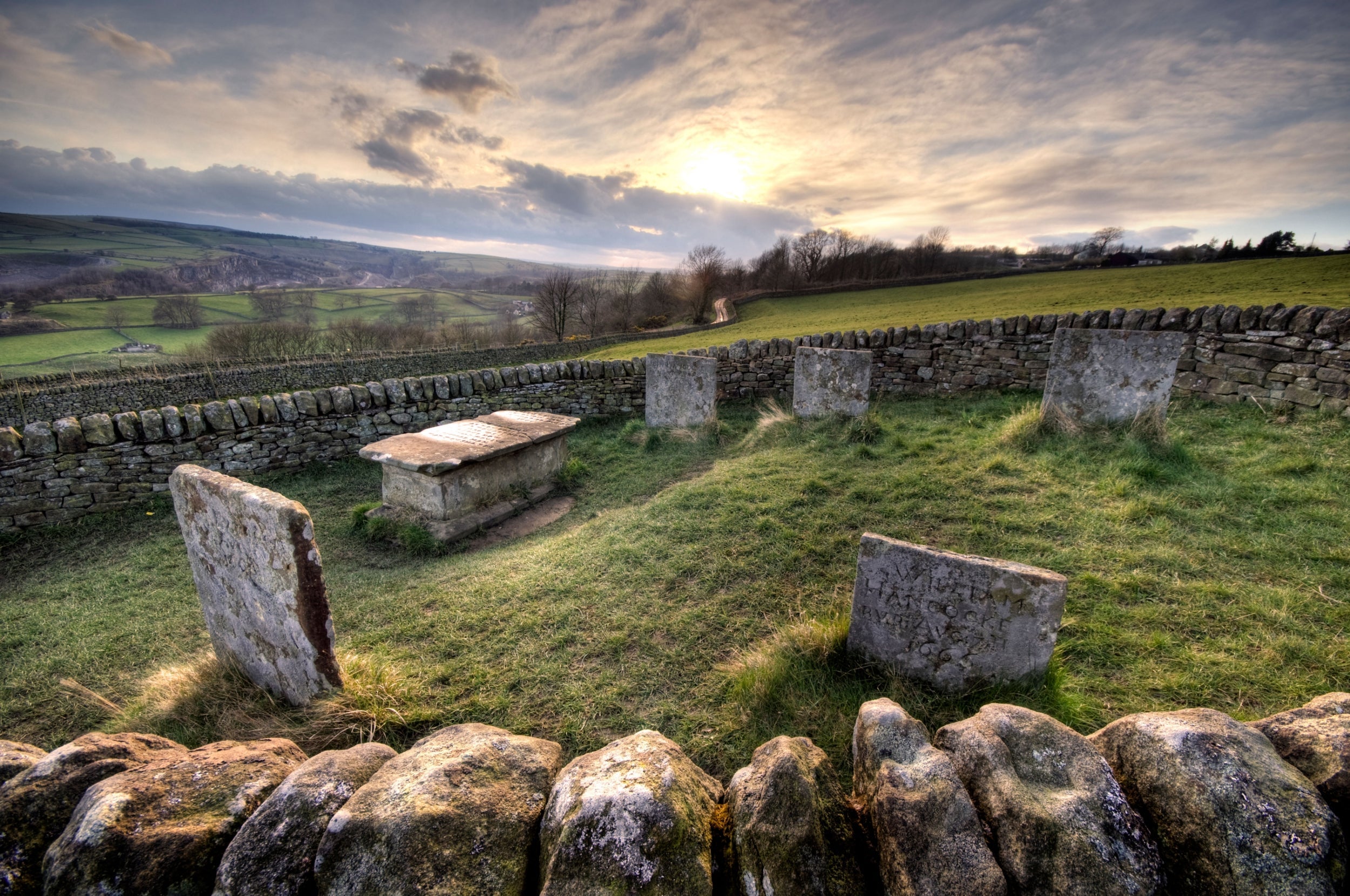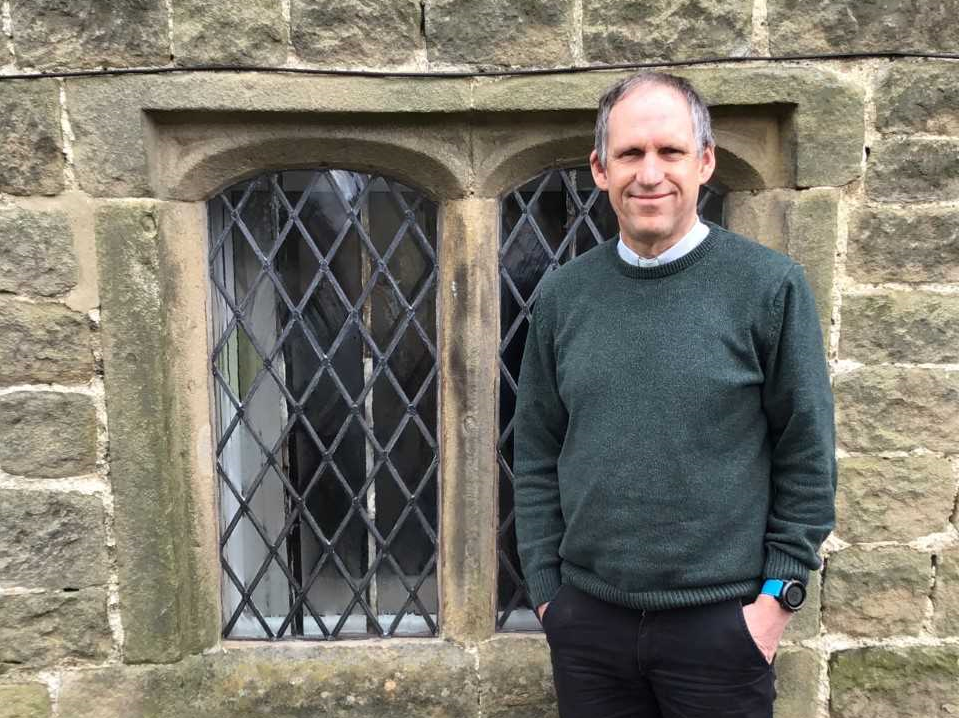Inside Eyam, the heroic plague village where battle with deadly disease saved thousands
More than 250 villagers were wiped out during the 17th century contagion – but self-imposed quarantine saved lives of countless others in the north

Your support helps us to tell the story
From reproductive rights to climate change to Big Tech, The Independent is on the ground when the story is developing. Whether it's investigating the financials of Elon Musk's pro-Trump PAC or producing our latest documentary, 'The A Word', which shines a light on the American women fighting for reproductive rights, we know how important it is to parse out the facts from the messaging.
At such a critical moment in US history, we need reporters on the ground. Your donation allows us to keep sending journalists to speak to both sides of the story.
The Independent is trusted by Americans across the entire political spectrum. And unlike many other quality news outlets, we choose not to lock Americans out of our reporting and analysis with paywalls. We believe quality journalism should be available to everyone, paid for by those who can afford it.
Your support makes all the difference.In the Peak District village of Eyam, signs of the coronavirus are everywhere.
The general store has shut because, a note in the window explains, the owners have underlying health conditions; the museum is closed as many of its volunteers are in their Seventies; and the local rector’s family is currently in self-isolation. The Reverend Mike Gilbert’s wife, a teacher, became the first person here diagnosed with Covid-19 last week.
“How’s it going?” he muses from his garden. “As well as can be expected with two teenage boys.”
Yet, if there is anywhere on the planet that understands just what is needed to defeat a deadly illness, it is surely this tiny Derbyshire community of 900 people.
It was here, during one of the most horrific and heroic episodes of English history, that villagers took the now famous decision to quarantine themselves during an outbreak of bubonic plague in 1665-66.
For six months, they self-isolated to prevent the disease – which had arrived from London via fleas trapped in cloth – from spreading further into the north.
By the time it was over, more than 260 of the population of about 700 had perished. Entire families were wiped out. One woman, Elizabeth Hancock, lost her husband and six children in the space of just eight days. Because plague-time rules meant families had to bury their own dead, she was forced to dig their graves.
But the strategy was a success: the disease – which eventually killed 100,000 people in the capital – was contained.
The nightmare scenario of it reaching the nearby towns of Bakewell, Manchester and Sheffield was averted. Thousands lived there on the back of those who sacrificed themselves here.
“It was an act of courage almost beyond comprehension,” says Gilbert today.

Yet, if this has long seemed like ancient history, there are now powerful parallels with the coronavirus pandemic currently sweeping the world – and, say villagers, important lessons to be learnt.
“The remarkable thing is how the actions they took 350 years ago in this pre-science, pre-medical age are essentially the same as we, as a world, are taking today,” says Gilbert. “Self-isolation, no big gatherings, stopping travel, and an emphasis on community solidarity to combat panic – these were all key then, just as they are now. We have not changed so very much. We are not so very different to those who go before us.”
Indeed, whereas today we have online food deliveries, people in Eyam organised for supplies to be left at the village boundary stone in exchange for their vinegar-soaked money.
Whereas today we have video calls to stay in touch with loved ones, back then they had Cucklet Delph.
Here, at this natural amphitheatre just outside the village, locals would meet to discuss events while keeping their distance from each other. Church services were moved here from the crowded church. One heart-breaking story recalls Emmott Sydall, a 22-year-old, whose betrothed Roland Torre lived in the next village along. Every day, so the tale goes, the pair would meet on opposite sides of this bowl to look on each other. One day, she stopped turning up. She had succumbed to the plague.
“Stories like that should be mercifully few over the coming weeks and months,” says Gilbert, who has been rector of the village’s mediaeval St Lawrence’s Church for seven years. “But we must prepare ourselves that there will be bad news. It is all the more important our humanity comes to the fore.”
This is already happening in the village itself, he adds.
Many of the elderly here have gone into self-isolation while their neighbours rally round to help. Businesses starting to struggle, meanwhile, are clinging to the hope that, when all this is over, there may be an increase in visitors of people newly interested in Eyam’s remarkable story.
“Let’s hope so,” says Ian Jackson, landlord at the the Miners Arms pub, more or less empty on Thursday lunch time. “I don’t know how I’ll get through the next few months if we don’t get people in. I have staff and a two-year-old toddler to support. It’s a nightmare.”
The 40-year-old, who is also the chair of the parish council, ruminates for a moment. “I’m clinging to the thought we’ll look back on this and say it was character-building.”
Talking of character: Joan Plant.
Aged 73 and having lived in the village all her life – indeed, in the same 17th century cottage since she was 12 – she is one of a handful of residents who can trace their descendants to the days of the plague.
Nine generations ago, her ancestors were here, in quarantine, as the disease raged. One of them, Margaret Blackwell, survived the deadly disease after, legend has it, drinking a jug of boiling fat while believing it to be milk.
“Maybe we should all be drinking boiling fat now,” smiles Ms Plant.
The retired church official herself is fit and healthy, and has not yet gone into self-isolation – although, when we meet at the village’s church centre, we keep a good metre-wide distance.
“It makes you proud to think your family went through that and came out the other side,” says the grandmother of three. “It’s inspiring, and maybe it’s helpful for us now to know that, if we hang on in there – and, of course, this is not nearly so bad – but if we can hang on, we will come out the other side. We are being tested but we will come through. We will beat this.”
What lessons can we learn today?
“Perhaps, that they got it right,” she says. “People here died because of the quarantine but they saved an unimaginable number of others.”
It is a sentiment widely held in the village, where reminders of that historic episode remain everywhere from Plague Cottage – the house where the first death occurred – to the museum’s signage featuring a rat, the animal believed to have first brought the disease to England.
Certainly, it is also a sentiment shared by Tracy Chopping who runs the Eyam Brewery (sample ale: Quarantine) with husband Gervaise Dawson.
She has stopped customers drinking inside at the couple’s little bottle shop and bar, and they are expecting a drop in trade.
“But you have to hold on to the positives,” the 43-year-old says. “Perhaps this will really bring people together in the long run. We will remember what’s important.”
A visitor in the courtyard outside puts it another way: “No one’s talking about Brexit anymore, are they?”

Almost certainly, all outside news stories would have taken a back seat in 1665 too.
Back then, it was, as it happens, one of Rev Gilbert’s predecessors who led the quarantine.
Reverend William Mompesson – aged just 27 at the time – persuaded villagers of the need to quarantine as the disease started to take hold. Although he himself sent his children to Sheffield, he stayed with his own wife Catherine – who, also aged 27, would herself perish.
Today, Mompesson’s name is recorded in the church amid a list of all rectors who have ever served here.
“Every one of us who has come since has been in his shadow really,” says Gilbert. “I’ve often looked at his name and wondered: could I do what you did? Would I have that calm and courage?”
Unless something changes dramatically, the coronavirus will not test him, Eyam, or the rest of us to quite those extraordinary limits.
But getting through it will be an achievement nonetheless.
“After they’d gone two weeks without a death in November 1666, they rang the church bells all day to celebrate that the quarantine had finished – they were free,” smiles Gilbert. “Well, when this is all over, we will do the same. Eyam’s church bells will ring for all to hear.”
Join our commenting forum
Join thought-provoking conversations, follow other Independent readers and see their replies
Comments